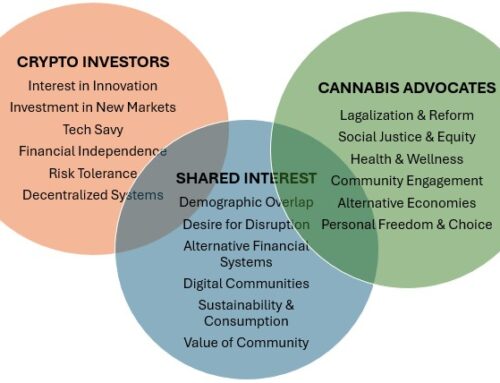The Most Significant U.S. Weather Events Of 2024
December 17, 2024
This year has been marked by extraordinary weather events across the United States, from devastating hurricanes to record-breaking heatwaves and severe wildfires. Here are some of the top weather events and the factors that made them significant.
2024 Hurricane Season
After a quiet start to the hurricane season, Hurricane Helene emerged as one of the most destructive storms of the year. Helene made landfall on September 29 in the Big Bend area of Florida as Category 4. Besides the rapid intensification of the storm, the extreme rainfall and flooding is what escalated its devastating impacts.
Hurricane Helene’s path extended from northwestern Florida to Tennessee, Georgia and the Carolinas. The highest rainfall was in North Carolina with more than 30 inches of rain in less than four days. It overflowed rivers and washed-out neighborhood and roads.
Helene claimed over 230 lives and left tens of thousands displaced. Residents in Asheville, North Carolina, didn’t have full access to potable water 53 days after the storm hit. And the economic toll was staggering, contributing to the 2024 Atlantic hurricane season’s more than $190 billion in total damages.
Just two weeks after Hurricane Helene, Hurricane Milton struck Florida’s west coast in October. Again, Milton’s rapid intensification into a Category 5 hurricane was surprising but it was the 46 tornadoes, three rated EF3, that was unprecedented. It is not unusual for hurricanes to spawn tornadoes, but they are typically weaker storms.
The Hottest Summer on Record
On July 22, the planet recorded its hottest day ever, with temperatures in many U.S. cities soaring above 110°F. But the heat wave lasted days and months for several cities straining power grids and water supplies. For example, Las Vegas, Nevada, residents sweltered through 112 days of 100°F plus temperatures and Austin, Texas, residents experienced 30 days of 100°F or higher in August. NOAA declared summer 2924 to the fourth hottest summer on record.
The heatwave posed severe health risks, with hospitals reporting spikes in heat-related illnesses. It also takes an economic toll which I wrote about in an earlier Forbes article.
Increased Tornado Outbreaks
The 2024 year-to-date U.S. preliminary tornado count is nearly 1,800, according to NOAA. This is among the highest tornado counts on record for the same January-November period. The final tornado count will likely decrease after all reports have been verified in the field. More than 1,000 of those tornadoes were reported during the spring months.
A series of severe tornado outbreaks broke out across the Midwest in March. Over 20 tornadoes, some reaching EF-3 intensity, tore through states such as Indiana, and Illinois. In August, Northeast Ohio had five EF-1 tornadoes and widespread straight-line winds damage that knocked out power for 400,000 residents.
Texas Wildfires
In early 2024, the Texas Panhandle experienced one of its worst wildfire seasons in history. Massive fires burned over 1.1 million acres, destroying hundreds of structures and killing more than 7,000 cattle. The fires were fueled by dry conditions, strong winds, and unseasonably warm temperatures.
What made this weather event even more significant was the speed at which the fires spread. Once a fire begins and spreads it can travel at a rate up to 14.27 miles per hour, according to the Texas A&M Forest Service. The Texas wildfires scorched 500,000 acres within 24 hours of ignition.
The Broader Implications
Many of the extreme events can be attributed to a changing climate. For example, both the World Weather Attribution and Climate Central, said that climate change made possible the warmer water temperatures that helped amplify Milton. And while wildfires are not unusual in Texas, the timing, early February, and the speed of spread was. Multiple studies report climate change and land-use change are projected to make wildfires more frequent and intense, with a global increase of extreme fires of up 30% by the end of 2050.
But before I end this article on the stunning, destructive and record-breaking events of 2024, I want to point out that we also have research that points to less people dying due to extreme events. According to the World Meteorological Organization, even though weather-related disasters have increased five-fold yet the number of people dying from these events is decreasing.
Early warning systems, disaster management, advanced technologies to monitor and predict events, as well as advancements in climate and weather science are credited with the decrease. This is a positive step for the health and well-being of the public, as well as the weather resiliency and business continuity of businesses and industries.
Looking ahead, we still have lessons learned that we can apply to future extreme weather events, and we can always do more scientifically to advance the understanding, forecasting and warning of weather. Here is to 2025 and a better – maybe quieter – year of weather events.
Search
RECENT PRESS RELEASES
Related Post




